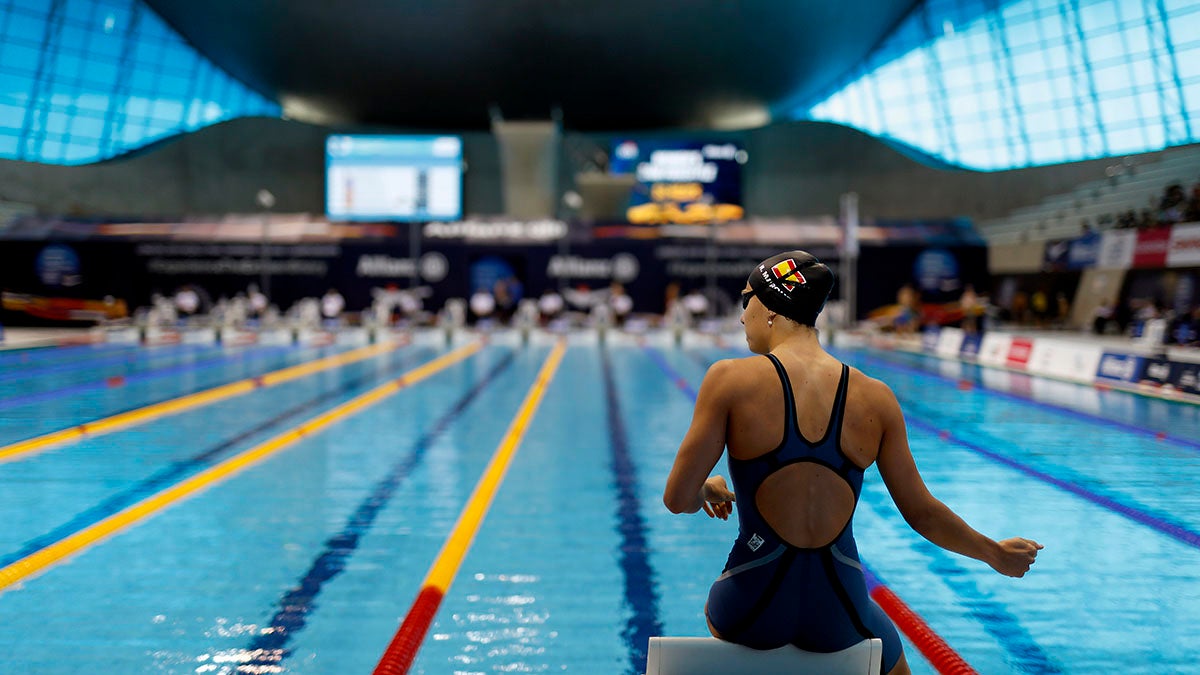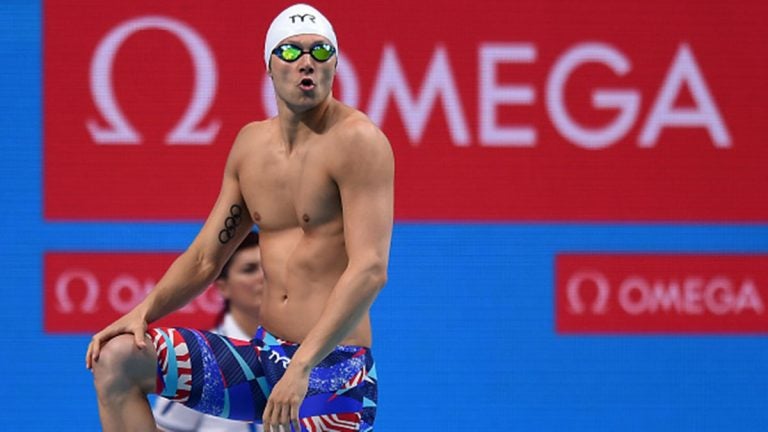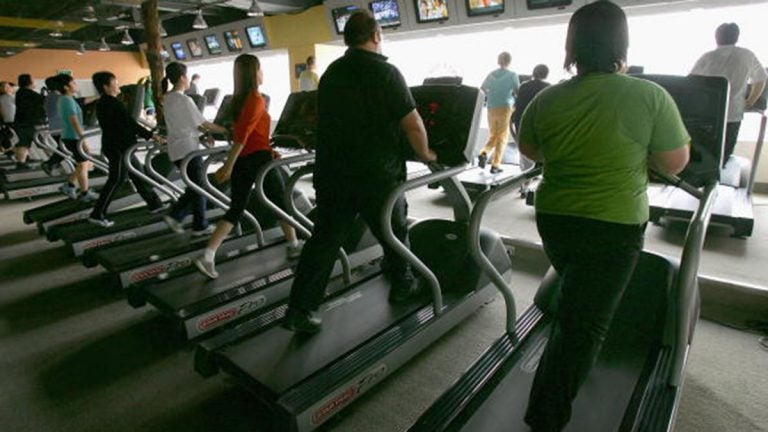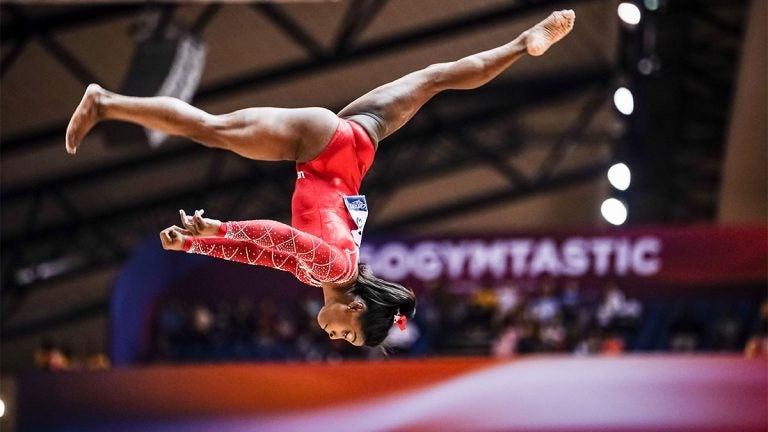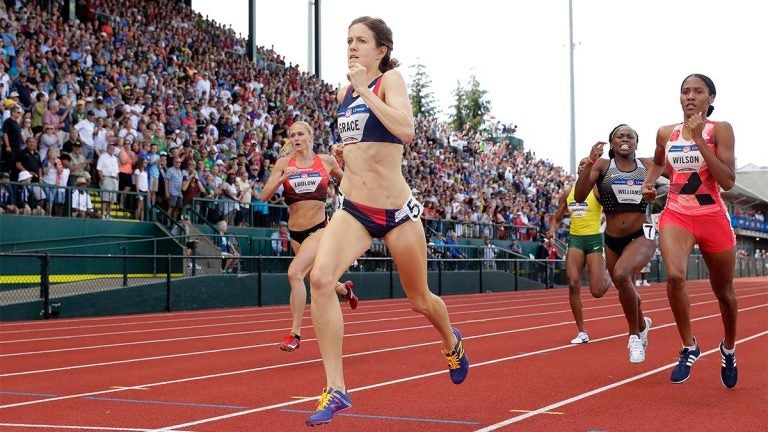Body shaming athletes is a form of mental abuse
Why this matters
When athletes don't fit the perceived ideal body type, the ensuing body shaming can resemble mental abuse causing longer-term trauma.
Imagine a swimmer stepping onto the block, focused and ready to swim her best race. The whistle blows, she plunges in and touches the wall ahead of the competition to win the 100-meter freestyle race.
Ecstatic, she hops out of the water to celebrate with teammates – only to be confronted by an official and told that she has been disqualified and that her time has been invalidated.
Not for a false start, not for remaining beneath the water too long off the block or for failing to touch the wall on a turn.
She is disqualified because of the way her suit fits her body.
You don't need to imagine this: It actually happened.
In September 2019, 17-year-old swimmer Breckynn Willis of Dimond High School in Anchorage, Alaska, was disqualified from her race because the official determined that Willis’ team-issued swimsuit showed too much of her curvy figure.
She wore the same team-required swimsuit in three meets prior to her disqualification without an issue. And her teammates wore the same suits in the meet she was disqualified from without penalty.
Fortunately, Willis’ results were later reinstated, but the incident highlighted the growing issue of body shaming in sports.
Writing for GEN, a publication focused on politics, power and culture, Lauren Langford, a swim coach for nearby West High School in Anchorage, expressed her frustration with the Willis disqualification and suggested that Willis’ mixed race contributed to the body shaming.
“This young lady and her sisters are being targeted, not for the way they wear their suits, but for the way those suits fit their curvier, fuller figured bodies,” Langford wrote. “Their ample hips, tiny waists, full chests, and dark complexions look different than their willowy, thin, and mostly pallid teammates.”
She said the episode has made her own swimmers needlessly self-conscious about the appearance of their bodies.
That can be a dangerous thing.
According to the National Association of Anorexia Nervosa, body shaming manifests in multiple ways. We can criticize our own appearance through judgment or comparison, criticize another's appearance in front of them or criticize another's appearance without their knowledge.
Victoria Jackson, a sports historian and clinical assistant professor of history in Arizona State University’s School of Historical, Philosophical, and Religious Studies said there are multiple roots of the problem.
“If we’re critical of others and if we’re abusing – like this is a form of abuse – to be doing this to others, we’re probably not in a great state ourselves to mean that to other people,” she said. “The cultures that we create in athletic departments and in schools really matter.”
Jackson, a former NCAA runner, said her earliest memory of body-shaming was as a 6-year old.
“Our dance instructor would line us up and point out the parts of each of our bodies that were ballerina-like and parts of each of our bodies that were not,” Jackson said. “I remember my friend Leah had a long, graceful ballerina neck, and just by calling attention to it, it made the rest of us feel less than (her).”
According to BullyingStatistics.org, almost 94 percent of young females and 65 percent of young males have been subjected to body shaming. Body shaming has multiple platforms. More importantly, all forms of body-shaming result in mental trauma of some kind.
“I coached for a little bit at the Division I level, and it was a combined gender program,” Jackson said. “At least with that team, there were more men on the team that were struggling with disordered eating habits and low self-esteem than the women on the team. I think people often talk about wrestlers and the weight classes and the pressure (making weight) puts on athletes. But we don’t talk about it enough that it's absolutely not just girls and women athletes that deal with these pressures.”
Male and female athletes, pro and amateur, are placed under body shaming’s negative lens. Whether women are seen as too masculine or men are seen as too skinny, all athletes are held up to a social perception of perfection.
Jackson believes that the first step in overcoming the body-shaming problem is to help young athletes appreciate their own bodies just as they are.
“Usually people project, so, if they’re insecure about their own body they might be more critical of others,” Jackson said. “So I think it’s good to point that out and have young people reflect more about how they’re feeling about themselves and how we can do better to love ourselves and our bodies.
“That’s step one, and from that place finding a healthy relationship with our own bodies because then we’re more likely to respect and value the bodies of others.”
Samantha Sloman is an senior sports journalism student at Arizona State University

